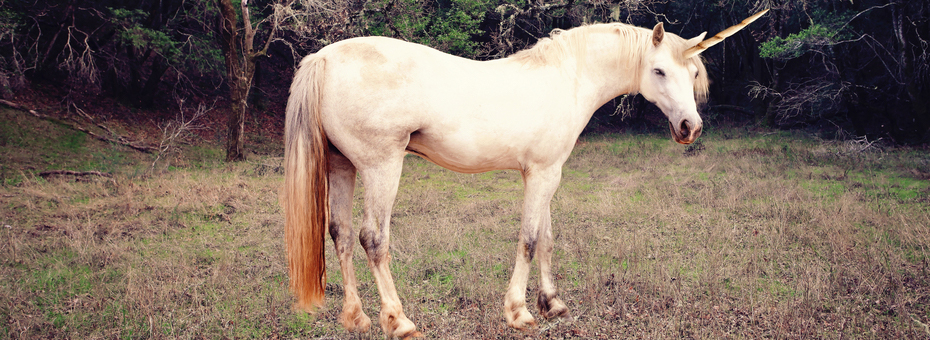Recently I had the opportunity to do a Lean assessment at a company that makes wooden trusses used in the floors and roofs large apartment complexes. They are made by assembling 2×4 inch boards of varying lengths until the truss can bear the needed weight. This product may seem simple at first glance but is complicated upon closer inspection. The trusses are designed using a sophisticated computer program that calculates the weight each truss must tolerate then determines the design for that specific truss. Using that design, the truss is then produced to meet the specifications. These specifications are very important because safety issues may arise if the product does not meet the engineering requirements. From a manufacturing perspective, it is possible that each truss in a large apartment building comprised of 1000 roof trusses and 1000 floor trusses will each be different. From here we can do the math to see how complex it can be when considering the possible combinations.
While complex on one level, this product is simple on another. When the manufacturing begins, it is simply a matter of cutting wooden boards, placing these boards into a jig, fitting together the metal, and pressing the plates into the wood. Sometimes the simpler the operation, the more complex we want to make it. It was even suggested that making these trusses was more complex than making an automobile. “There are only a few different types of Camrys, but here we make thousands of different kinds of products. We are unique.” Said one of the managers.
This is a conversation that people in the Lean business have had with people who are initially resistant to Lean implementation. The desire to see their operation as so unusual and unique that there is no way Lean will be able to help is common. The hesitation is understandable— change is difficult and if they have been successful in the past then why should they look for a new way? It is also understandable that they would use, as a defense, the idea that “we are unique.” It is a nice way of saying “all of this Lean stuff sounds good but in the world I live in, it won’t work.”
We are all unique: our organizations, the people in the organizations and even our customers. However, it’s been said that what makes us unique also makes us similar. What might this mean? For individuals, it may mean that despite all of the nuances and peculiarities that make us unique, the vast majority of people want the same things: safety, security, family, and to make a contribution. For organizations, it may mean that the vast majority of them want to win customers’ loyalty to secure the organization’s long-term sustainability.
So how then does Lean help fill this need for organizations? Some see Lean as applicable only in limited industries and situations and therefore can’t work in their unique situation. But through experience we know that Lean concepts are applicable in every organization that has these similarities:
- Something is produced (product, service, information, data, etc.)
- What is produced is needed by someone or something (internal or external)
This list was developed after exhaustive research (not really) and is meant to convey the obvious similar focus all organizations should have: the customer. We may want or need recognition for our uniqueness, but in the end we must have a laser-like focus on what customers (both internal and external) need from us, and this need is indeed universal. Customers want the:
- Highest Quality
- Lowest Cost (resource expenditure)
- Shortest Lead Time (Delivery)
Organizations and customers both know, either consciously or sub-consciously, that these three things balance each other—some even call them the “triple constraint.” We know we can’t get a high-end Lexus for the same price as low-end Toyota; we pay more for higher quality. Similarly, we can’t get that Lexus with non-standard options in the same time frame as the one with standard options, we pay with our time to get our preference. Despite these constraints, the customer still wants all three in balance and as long as they do, all organizations will work diligently to win the customer with the higher quality, lower cost and shorter lead time.
Let me also mention that most external customers want what is produced and delivered to be done so in a way that respects the natural environment and the people that produce the product or deliver the service. We are seeing more and more customers demand fair trade and fair pay products and services to choose from. As the public consciousness is raised these considerations will become standard and customers will still want lowest cost, highest quality and shortest lead time for their fair trade products.
This is why we see organizations in diverse industries such as healthcare, manufacturing, government, military, financial services, insurance services, travel, and entertainment utilize the Lean approach to meet the needs of their internal and external customers.
How do organizations do this? Many start with a Lean assessment of their current situation. This assessment should focus on how the organization is serving their internal and external customers as well as understanding their uniqueness. How are they measuring the key needs of the customer? Do they have and use KPI (key Performance Indicators) for Quality, Cost and Delivery to drive improvement?
At Toyota, we were taught to see all work as a series of processes and that the next “process” was our customer. We were also taught the 7 Wastes and how to recognize them in our daily work and how these wastes were barriers to high quality, low cost, speedy delivery to our customers.
Once team members in an organization have been trained and coached on the 7 Wastes they can develop an “eye for waste.” If this ability is combined with the ability to develop improvements then the organization is well on its way to being able to reduce the gaps identified in the assessment. This allows organizations to increase the level of customer satisfaction in regards to Quality, Cost, and Delivery. In addition the organization has increased the capability of the people to continually solve problems that the 7 Wastes cause in their organization.
It’s really that simple. But just like making a wooden truss, a closer inspection reveals the deeper complexity, and this is where our individual creativity can be used to develop unique solutions. So maybe we are unique.






